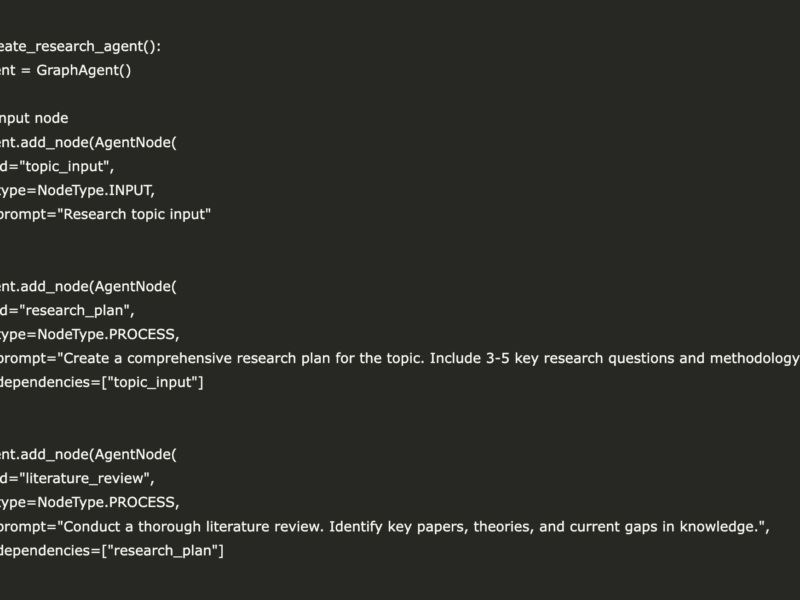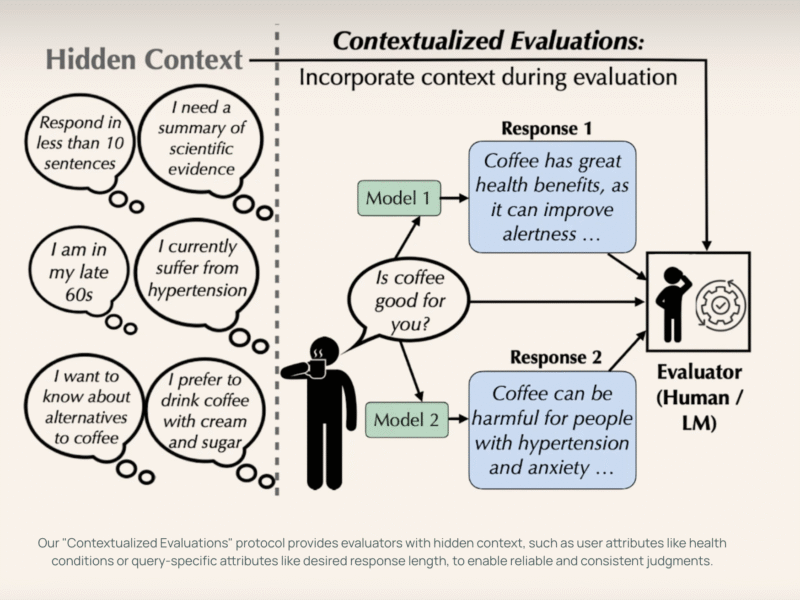Just a few years ago, building an online store meant obsessing over keywords, title tags, and metadata. If you nailed your SEO game, your product might just pop up on page one of Google. But that game is changing—fast.
Platforms like Google and OpenAI are ushering in a new way to discover products—one that’s conversational, visual, and increasingly powered by large language models. Instead of typing “best leather tote under £200” and clicking through search results, shoppers might ask an AI assistant to recommend something that matches their vibe, their wardrobe, or their mood. It’s not just about finding products—it’s about feeling your way into them.
This shift has huge implications for e-commerce sites. Brands now have to rewire how they structure their content. Clean data, rich product descriptions, and emotion-infused storytelling are taking center stage.
Schema is the New SEO
For those in the trenches of e-commerce, terms like schema.org, llms.txt, and structured data might sound like technical jargon. But think of them as the new backstage passes for AI visibility. If your site isn’t feeding clean, structured data into the algorithmic hive mind, you’re invisible. Google’s Search Generative Experience (SGE) already curates AI-driven shopping guides, and these pull from high-quality structured content—not just the loudest keyword shouter in the room.
Add to that the rise of visual-first commerce. Image generation AI isn’t just for playful Instagram filters anymore—it’s being used by brands like Zalando to deliver personalised fashion recommendations. Customers don’t want categories; they want experiences. And AI is offering exactly that.
AIO: The Buzzword You Can’t Ignore
If you’re still clinging to “SEO expert” on your LinkedIn profile, it might be time for a rebrand. The industry is now whispering (and sometimes shouting) about “AIO”—AI Optimization. That means tailoring your content not for Google spiders but for multimodal AI models that blend text, images, and even voice.
Retailers like Wayfair and Shopify are experimenting with natural-language product discovery tools. Ask for a “cozy reading nook chair that matches moss-green curtains,” and you’ll be served a curated carousel powered by AI inference rather than traditional metadata.
Brand Voice Meets Machine Comprehension
But here’s where things get interesting: it’s not just about data. It’s about voice—and not the robotic kind. AI needs stories. Emotion. Intention. Brands that inject warmth, identity, and narrative into their product listings are seeing better placement in AI-curated experiences. It’s less “brown leather handbag with strap,” more “vintage-inspired satchel perfect for rainy afternoon café writing sessions.”
And if that sounds like a copywriter’s dream job, it kind of is. Only now, the copy has to please both humans and the algorithmic muses.
It’s Not Optional Anymore
Let’s not kid ourselves—this isn’t a future trend. It’s happening right now. Startups building AI e-commerce sites need to align with these new content standards or risk being filtered out of AI discovery flows entirely. The good news? New tools are emerging to help. For example, Shopify’s recent acquisition of Deliverr shows its push toward intelligent logistics and AI-enhanced product curation.
In parallel, giants like Meta are experimenting with LLM-powered customer service and shopping bots inside WhatsApp, bringing AI‑driven discovery directly into chat.
Final Thought
We’re not just moving from search to suggestion. We’re moving from intent-based browsing to emotion-based interaction. That means the brands that win will be the ones that don’t just serve products—they serve up relevance, resonance, and a damn good story.
E-commerce isn’t dying. It’s evolving. So if you’re still writing “best women’s running shoe 2025” fifty times on your product page… it might be time to start whispering to the machines in their own love language.

